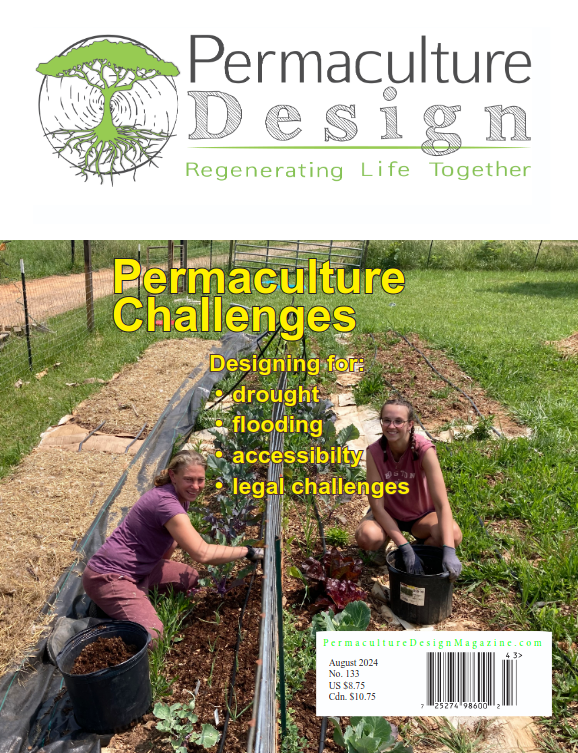Greening Uganda: You can help.
- John Wages

- Nov 15, 2017
- 4 min read

Joseph is a 34 year old Ugandan who was very worried by the local deforestation and illegal logging and how this was affecting his area and decided to do something about it. He was also

extremely worried about global warming of which he read more and more and decided he wanted to do his part to protect the planet against the destructive impact of humans. Joseph is an eco-warrior, a concerned citizen and a global citizen. He built tree seedling nursery and started with collected seeds with his goal to plant a million trees locally. His enthusiasm brought him to get schools and villages to appoint grounds to plant the trees and get voluntaries to start helping him in the planting season. Later, he realized both that he lacked planning and funds, but also that he could scale up and replicate his project and reverse deforestation in Uganda. Joseph is a warrior, tough and persistent and he will green Uganda for sure.
Project Greening Uganda is set up to reforest parts of Uganda on a large scale as this has multiple social and ecological benefits: it helps in food production, fights the effects of global warming because trees help fight droughts, avoid flooding during heavy rainfall and cool areas where there are a lot of trees, while securing atmospheric carbon in new biomass. It can also provide charcoal for cooking without touching old growth trees which are vital to protect local wildlife like gorilla’s and chimpanzees, to name just two famous species. The forests where these beautiful creatures live are a five hour drive away over very wobbly dirt roads at speed of maximum twenty kilometer per hour.
The set-up is simple, with little investment a million tree saplings are grown from seeds and irrigated till they can be planted in assigned areas. Local communities are involved in the planning and assignment of locations for planting. Local labor, mainly women make a small living out of helping during the nursery stage of the saplings.
About Greening Uganda
Project Greening Uganda is set up to reforest parts of Uganda on a large scale as this has multiple social and ecological benefits: it helps in food production, fights the effects of global warming because trees help fight droughts, avoid flooding during heavy rainfall and cool areas where there are a lot of trees, while securing atmospheric carbon in new biomass. It can also provide charcoal for cooking without touching old growth trees which are vital to protect local wildlife like gorilla’s and chimpanzees, to name just two famous species. The forests where these beautiful creatures live are a five hour drive away over very wobbly dirt roads at speed of maximum twenty kilometer per hour.
The set-up is simple, with little investment a million tree saplings are grown from seeds and irrigated till they can be planted in assigned areas. Local communities are involved in the planning and assignment of locations for planting. Local labor, mainly women make a small living out of helping during the nursery stage of the saplings.
Pilot Project Kigezi
Benefits of the project to local communities, Uganda and the World.
It starts with small trees and a small impulse to the local economy in hiring truck and some local labor. Currently we have 10 people in paid service to water the seedlings daily. Involving the volunteers and students will help raise awareness on the issue and we hope it will provoke discussions with the local men who do illegal logging. We also hope that it will increase a sense of community and a sense of empowerment that things can be done to stop environmental degradation. But the positive effects will become exponential. Over a period of 5-7 years the trees will get to a healthy height and start producing the first fruits for consumption and possibly sales. About 10% of the trees planted produce fruits. This will improve local diets and possibly bring in some first income from picking and selling the trees. The trees will start their healthy effect on the environment in terms of better water management and protection against heat and wind. The forests will give new habitat for birds, insects, reptiles and mammals, increasing the bio diversity of the area.
Over time the trees wil sequester atmospheric carbon through creation of new biomass. As a rule of thumb a tree over a lifespan of 40 years can take about 25 kg of CO2out of the air (conservative estimates), meaning 1 tonne of CO2 over its lifespan. A forest with a million trees would sequestrate therefore 1 million tonnes of carbon over this lifespan. More effective methods are available depending on tree species mix and maintenance principles. This would deliver 5 million euros of carbon credit over this period based on current very low European Carbon Credit market prices.
Other direct economic benefits of the newly grown forest: supply of fruits, spices, honey and timber, possibly the material to new local industries like making furniture, weaving baskets etc.
Project Greening Uganda Manager: Joseph Atwongyeire Village Kigezi, Rukungiri District, Uganda Website: www.greening-uganda.com Email: atwongyeire1@aol.com Telephone: +256774624505




Comments